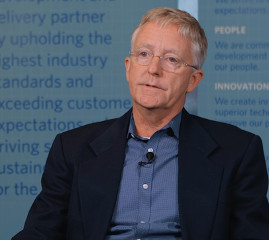
George Buchman, Ph.D.
Research Fellow, Product Development, Catalent Cell and Gene Therapy
These are exciting and pivotal times for the field. It has only been during the last 10 to 15 years that the industry has made significant strides in leveraging the full potential of cell and gene therapies, having only just begun to translate research into viable products. Indeed, so far, only a handful of products have successfully made it through clinical development to approval. These therapies have the potential to treat or even cure thousands of diseases and improve the lives of millions of patients and their families. However, the development and manufacture of these therapies is currently very complex and expensive and will require significant improvements if we are to produce treatments more efficiently, and so make them more accessible to the wider pool of patients that need them.
Until relatively recently the field has been led by research and development, and as an industry we are only just scratching the surface of what can be achieved with cell and gene therapies. As we learn more and demonstrate the safety and efficacy of these treatments, development and manufacturing partners will become increasingly critical in overcoming challenges with CMC, scale-up, and process optimization. We will continue to develop therapeutics that address current challenges, including pre-existing immunity and immunogenicity, improved dosing and tissue targeting, and supply.